Steel sheet roofing materials have become an increasingly popular choice for construction projects, and it’s easy to see why. From their durability to their cost-effectiveness, steel roofing provides a powerful solution for both residential and commercial properties. But how do you choose the right type? What’s the installation process like? How do steel sheet roofing materials compare to alternatives like asphalt or clay tiles? Let’s dive into everything you need to know about steel sheet roofing, ensuring you’re well-informed before making your decision.
Overview: What Are Steel Sheet Roofing Materials?
Steel sheet roofing materials refer to metal roofing panels that are crafted from galvanized steel, aluminum, or other metal alloys. These sheets are commonly used in roofing systems for their durability, energy efficiency, and weather resistance. Steel roofing materials are typically lightweight but incredibly strong, making them an excellent choice for roofing in various climates and building types.
One of the most important advantages of steel sheet roofing is that it’s available in different profiles and finishes, providing flexibility in both aesthetics and functionality. Whether you’re after the traditional look of corrugated iron or a sleek, modern standing seam, steel roofing offers a wide array of choices to suit your needs.
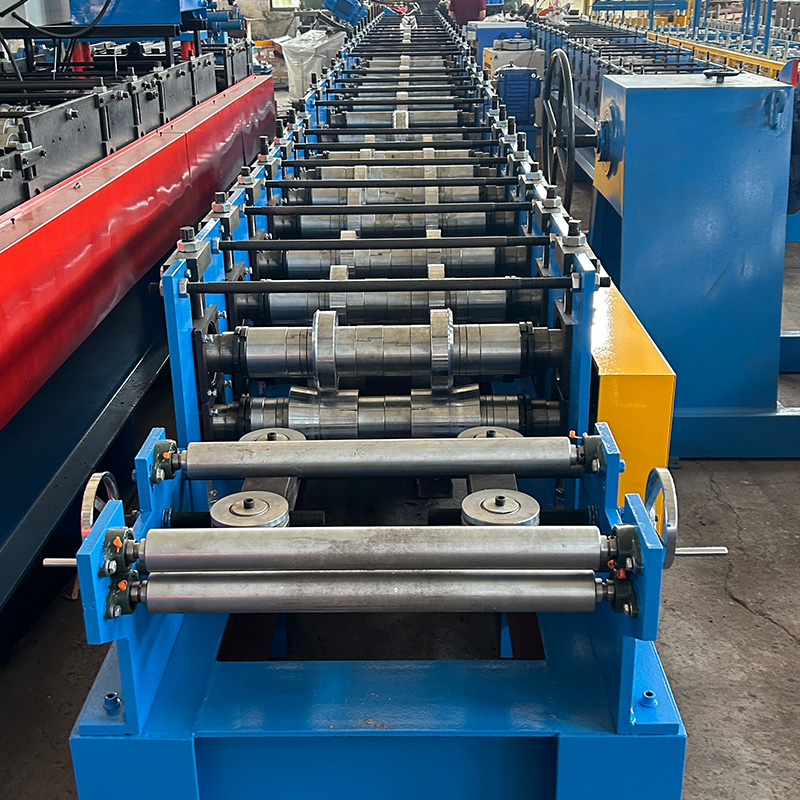
Types of Steel Sheet Roofing Materials
There are several different types of steel sheet roofing materials, each offering unique benefits and characteristics. Understanding the differences between these options can help you make the best decision for your specific project.
| Material Type | বর্ণনা |
|---|---|
| Galvanized Steel | Coated with zinc to protect against corrosion, providing excellent durability and a lower cost. |
| Galvalume Steel | A blend of aluminum and zinc coating for improved corrosion resistance, often more resilient than galvanized steel in coastal environments. |
| Corrugated Steel Sheets | Popular for their ridged pattern, providing strength and stability. Ideal for industrial or agricultural buildings due to their robustness. |
| Standing Seam Metal Roof | Features raised seams for enhanced water resistance and a sleek, modern look. |
| Stone-Coated Steel | Steel sheets coated with stone granules for a more traditional tile or shingle appearance, often used in residential applications. |
| Weathering Steel (Corten) | Develops a rust-like appearance over time, creating a distinct aesthetic while protecting against corrosion. Perfect for architectural applications. |
| Stainless Steel | High corrosion resistance, typically used in highly corrosive environments, such as coastal or industrial areas. Expensive but highly durable. |
| Tin Roofing | Though less common today, tin roofing offers vintage appeal. It’s often made from terne (a tin-steel alloy), and provides an attractive patina over time. |
| Copper Roofing | Offers an eye-catching aesthetic, with a distinctive green patina that forms over time. Expensive but long-lasting and highly durable. |
| Aluminum Roofing | Lightweight and highly resistant to corrosion, especially in coastal environments. Tends to be more expensive than galvanized steel, but less durable. |
Corrugated Steel Sheets Guide
Corrugated steel roofing sheets are the backbone of many industrial and agricultural buildings. Their wavy pattern is not only aesthetic but also adds a ton of structural integrity. These sheets can withstand harsh weather conditions, including heavy rains, high winds, and snow accumulation. Corrugated sheets are galvanized to provide extra rust resistance, making them an excellent choice for rural buildings, barns, and factories. This type of steel roofing is often chosen for its affordability and ease of installation.
How Steel Sheet Roofing Materials Work: Process Overview
Steel sheet roofing materials undergo a thorough manufacturing process that transforms raw steel into a versatile roofing material. Let’s walk through the process:
- Steel Production: Steel is produced in blast furnaces, using iron ore and carbon (typically in the form of coke) to produce molten steel. This steel is then cast into sheets.
- Hot-Dip Galvanization: To enhance durability, steel sheets are dipped in a zinc bath, providing a protective layer that shields the material from corrosion. This step is crucial for extending the lifespan of steel roofing materials.
- Coating and Painting: In some cases, steel sheets are coated with additional materials, such as an aluminum-zinc alloy (Galvalume) or a polymer-based paint. This further protects the sheet and allows for a variety of color finishes.
- Shaping: The coated sheets are fed through rollers to achieve specific profiles, such as corrugated or standing seam patterns. This shaping enhances the strength and rigidity of the roofing material.
- Cutting to Size: Finally, the sheets are cut to the appropriate lengths based on the roofing project’s specifications.
This process ensures that steel sheet roofing materials are ready to face the elements while providing long-lasting protection for buildings.
Key Components of Steel Sheet Roofing Systems
Steel roofing systems consist of several essential components, each playing a vital role in ensuring the roof’s functionality and longevity.
| Component | Function |
|---|---|
| Roofing Panels | The main element that covers the building and provides weather protection. |
| Fasteners | Secure the panels to the roof deck, often made of corrosion-resistant material to prevent rust over time. |
| Underlayment | A protective layer beneath the steel panels that acts as an extra barrier against moisture and wind. |
| Flashing | Installed around roof edges, vents, and chimneys to prevent water from entering the roof through seams or joints. |
| Ridge Caps | Cover the roof’s peak, protecting the seam where two roofing panels meet at the ridge. |
| Gutters and Downspouts | Direct water away from the roof and foundation to prevent flooding and damage. |
| Ventilation Systems | Ensure air circulation, reducing heat buildup and preventing moisture accumulation that can lead to mold. |
-
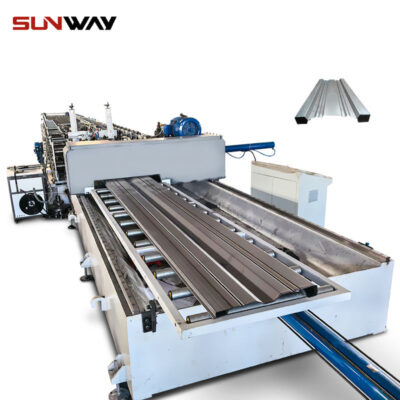 ক্যারেজ বোর্ড রোল ফর্মিং মেশিন
ক্যারেজ বোর্ড রোল ফর্মিং মেশিন -
 Highway Guardrail End Terminal Forming Machine
Highway Guardrail End Terminal Forming Machine -
 Highway U/C Post Roll Forming Machine
Highway U/C Post Roll Forming Machine -
 2 Waves Highway Guardrail Roll Forming Machine
2 Waves Highway Guardrail Roll Forming Machine -
 3 Waves Highway Guardrail Roll Forming Machine
3 Waves Highway Guardrail Roll Forming Machine -
 বৈদ্যুতিক মন্ত্রিসভা ফ্রেম রোল গঠনের মেশিন
বৈদ্যুতিক মন্ত্রিসভা ফ্রেম রোল গঠনের মেশিন -
 দিন রেল রোল ফর্মিং মেশিন
দিন রেল রোল ফর্মিং মেশিন -
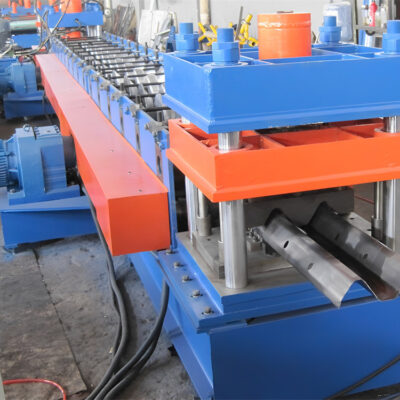 দুই তরঙ্গ হাইওয়ে গার্ডেল মেশিন
দুই তরঙ্গ হাইওয়ে গার্ডেল মেশিন -
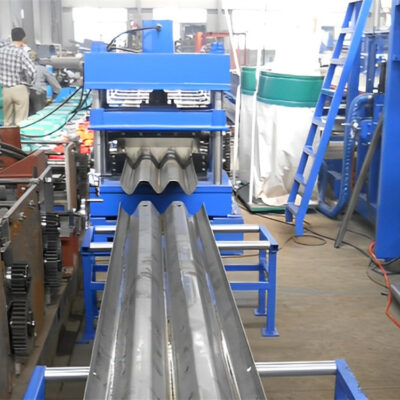 থ্রি ওয়েভ হাইওয়ে গার্ডেল মেশিন
থ্রি ওয়েভ হাইওয়ে গার্ডেল মেশিন
Steel Roofing Machine Efficiency and Speed
For roofing contractors, the efficiency of steel roofing machines is paramount. Let’s break down the speed and efficiency of typical machines used in steel roofing sheet production:
| Machine Type | Speed (Meters per Minute) | Efficiency Rating |
|---|---|---|
| রোল ফর্মিং মেশিন | 15-45 m/min | High |
| Cut-to-Length Line | 30-100 m/min | Moderate |
| Shearing Machine | 25-35 m/min | High |
Efficient machines are crucial for completing large roofing projects on time and within budget, as they increase productivity while maintaining consistent quality.
Customized Mechanical Parameters
When working with steel sheet roofing materials, you may require specific mechanical parameters depending on the project’s needs. Here’s a look at some customizable options:
| Parameter | Range/Option |
|---|---|
| Sheet Thickness | 0.14 mm – 1.2 mm |
| Width of Sheets | 600 mm – 1500 mm |
| Length of Sheets | Up to 12 meters, depending on the project’s requirements |
| Coating Thickness (Zinc) | 60 g/m² – 275 g/m² |
| Color Coating | Various RAL colors available for painted steel, enhancing aesthetic and corrosion protection |
Applications of Steel Sheet Roofing Materials
Steel sheet roofing materials are incredibly versatile and used in a wide range of applications across different industries. Here’s a breakdown of some of their most common uses:
| Application Area | Usage Description |
|---|---|
| আবাসিক ভবন | Steel roofing is often used in homes due to its durability, energy efficiency, and modern aesthetics. |
| বাণিজ্যিক ভবনসমূহ | Shopping malls, warehouses, and office buildings benefit from steel roofing’s strength and long lifespan. |
| কৃষি ভবন | Ideal for barns, storage sheds, and livestock shelters due to its resistance to weather and low cost. |
| শিল্প স্থাপনা | Factories, workshops, and manufacturing plants often use corrugated or standing seam steel roofing. |
| Architectural Applications | Steel roofing is a popular choice for modern architectural projects, offering sleek designs and durability. |
| Coastal Areas | Galvalume and aluminum roofing are commonly used in coastal environments due to their corrosion resistance. |
Installation, Operation, and Maintenance of Steel Sheet Roofing Materials
Proper installation and maintenance are crucial for ensuring the longevity of your steel sheet roofing system. Let’s break it down:
| Phase | বর্ণনা |
|---|---|
| Installation | Steel sheets are typically installed over a framework of rafters or purlins. Proper alignment and fastening are crucial. |
| পরিচালনা | Once installed, steel roofing is largely maintenance-free but should be inspected regularly for wear and tear. |
| Maintenance | Periodic inspections for rust, dents, or loose fasteners are necessary. Additionally, cleaning gutters and removing debris extends roof life. |
Suppliers and Price Range of Steel Roofing Materials
Choosing the right supplier for steel roofing materials can make a significant difference in the quality and cost of your roofing project. Here’s a quick comparison:
| Supplier | Material | Price Range (Per m²) |
|---|---|---|
| ABC Supply | Galvanized Steel | $8.00 – $12.00 |
| Metal Sales Manufacturing | Galvalume, Standing Seam | $9.50 – $15.00 |
| ATAS International | Aluminum, Zinc Coated Steel | $11.00 – $18.00 |
| McElroy Metal | Stone-Coated Steel | $13.00 – $20.00 |
How to Choose the Right Supplier
When selecting a supplier, there are several factors to consider:
- Quality of Materials: Ensure that the supplier provides high-quality steel that meets industry standards.
- Reputation and Reviews: Look for reviews and customer feedback to assess the reliability of the supplier.
- কাস্টমাইজেশন অপশন: Some suppliers offer more flexibility in terms of customization, allowing you to select specific colors, coatings, or thicknesses.
- Lead Time: Depending on the size of your project, the supplier’s ability to deliver materials quickly could be crucial.
- Cost and Warranty: Compare prices and warranties across different suppliers to ensure you’re getting the best value for your investment.
Advantages and Disadvantages of Steel Sheet Roofing Materials
Choosing steel roofing comes with its pros and cons. Here’s a detailed comparison:
| Aspect | Advantages | Disadvantages |
|---|---|---|
| স্থায়িত্ব | Long-lasting, resistant to weather and corrosion | Prone to dents from heavy impacts (e.g., hail) |
| খরচ-কার্যকারিতা | Cheaper than clay or copper roofing | Higher upfront cost compared to asphalt shingles |
| শক্তি দক্ষতা | Reflects solar heat, reducing cooling costs | May require additional insulation in colder climates |
| Aesthetics | Available in a variety of styles and colors | Some prefer the traditional look of shingles or tiles |
| Maintenance | Low maintenance, does not require frequent repairs | May need occasional repainting or rust removal in harsh environments |
| Weight | Lightweight, reducing the strain on building structures | N/A |
| Installation | Quick to install, especially for professionals | Requires skilled labor for proper installation |
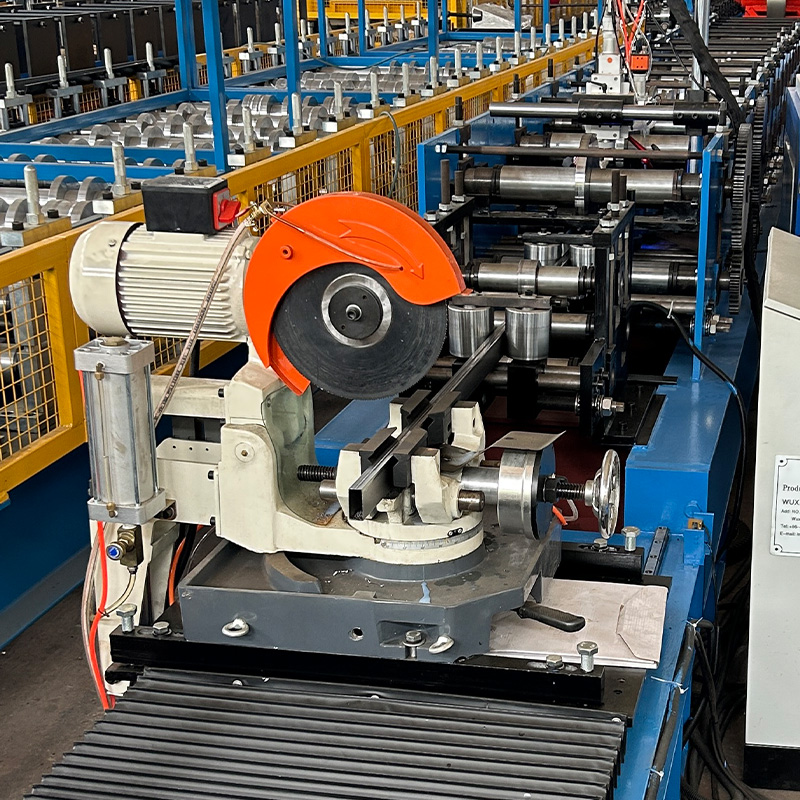
প্রায়শই জিজ্ঞাসিত প্রশ্ন (এফএকিউ)
| Question | Answer |
|---|---|
| How long does steel sheet roofing last? | Steel sheet roofing can last between 40 to 70 years, depending on the type of steel, coatings, and the environment it’s exposed to. |
| Is steel roofing noisy? | While it can be noisier than other materials during rain, proper insulation or underlayment can significantly reduce sound levels. |
| Can steel roofing be installed over an existing roof? | Yes, in many cases, steel roofing can be installed over an existing roof, reducing installation time and costs. |
| Does steel roofing require a lot of maintenance? | No, steel roofing is low-maintenance but should be inspected periodically for loose fasteners or signs of wear, especially in coastal or harsh environments. |
| Is steel roofing eco-friendly? | Yes, steel roofing is often made from recycled materials and is fully recyclable at the end of its life, making it an environmentally friendly choice. |
উপসংহার
Steel sheet roofing materials offer a compelling blend of durability, cost-effectiveness, and design flexibility, making them an excellent choice for both residential and commercial projects. From corrugated steel sheets for agricultural use to sleek standing seam panels for modern homes, steel roofing provides unmatched protection and longevity. By understanding the various types, applications, and installation processes, you can confidently select the best steel roofing materials for your needs.
